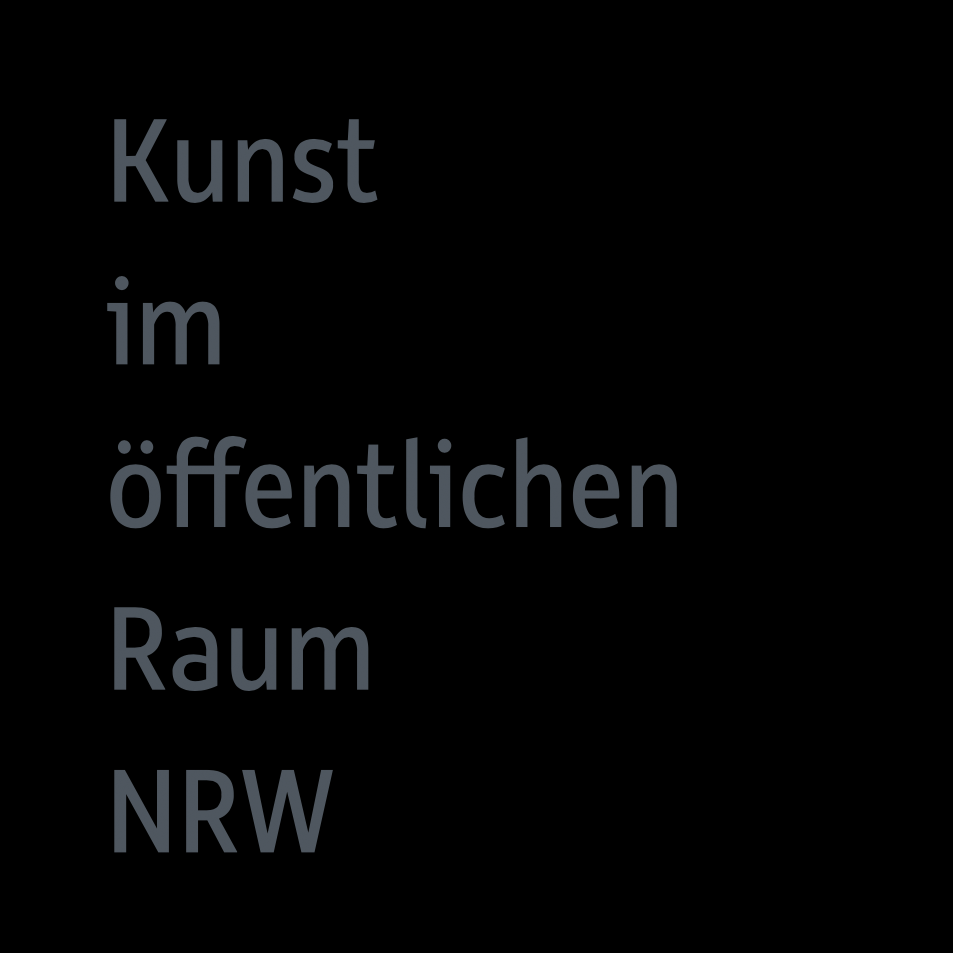Farbige Lichtsäule II / Colored Light Column II


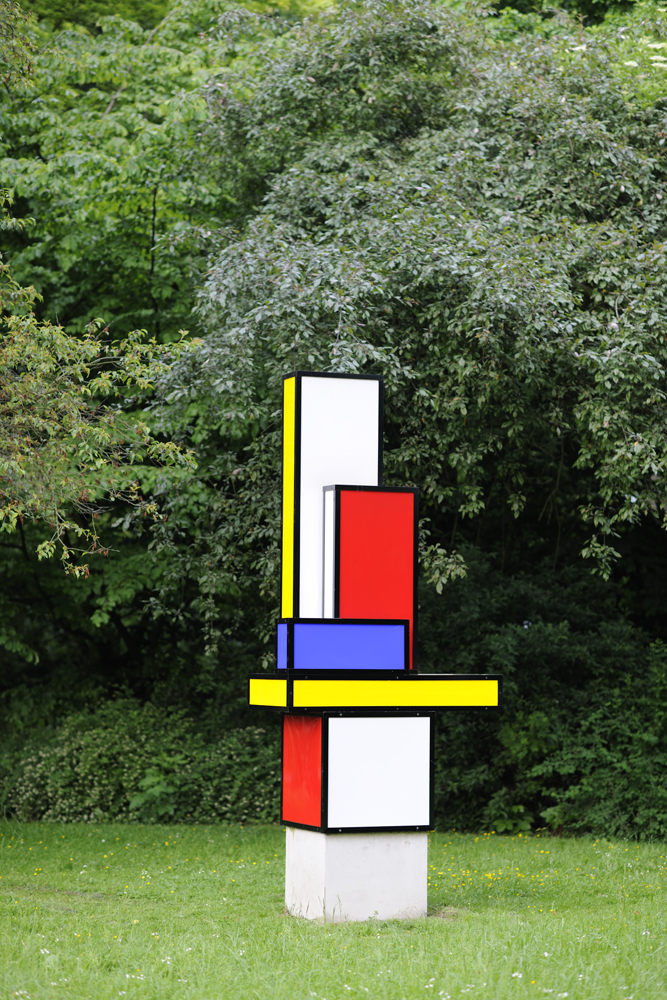
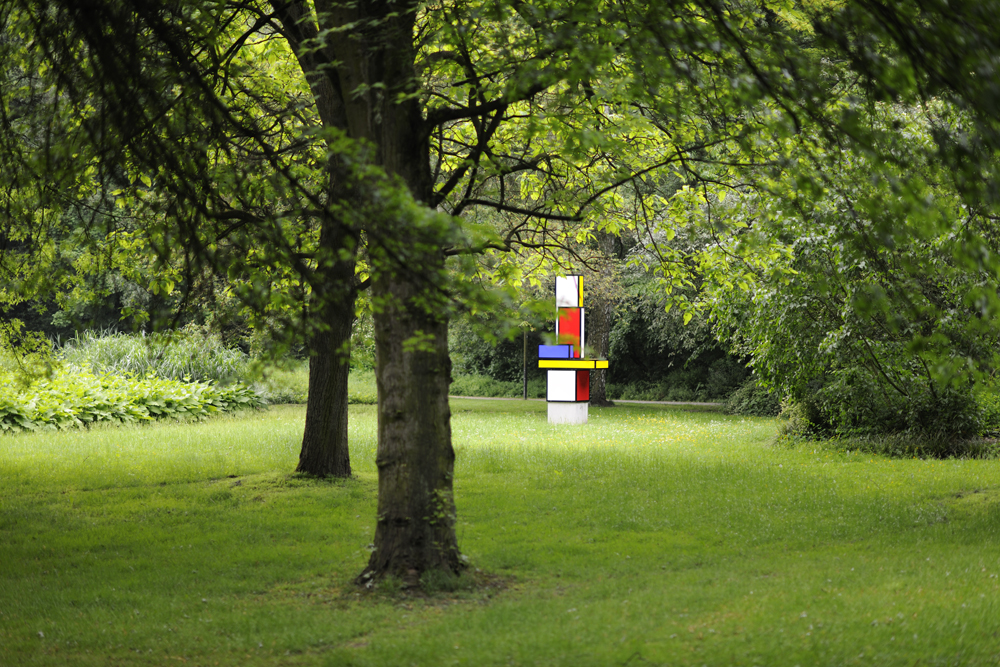


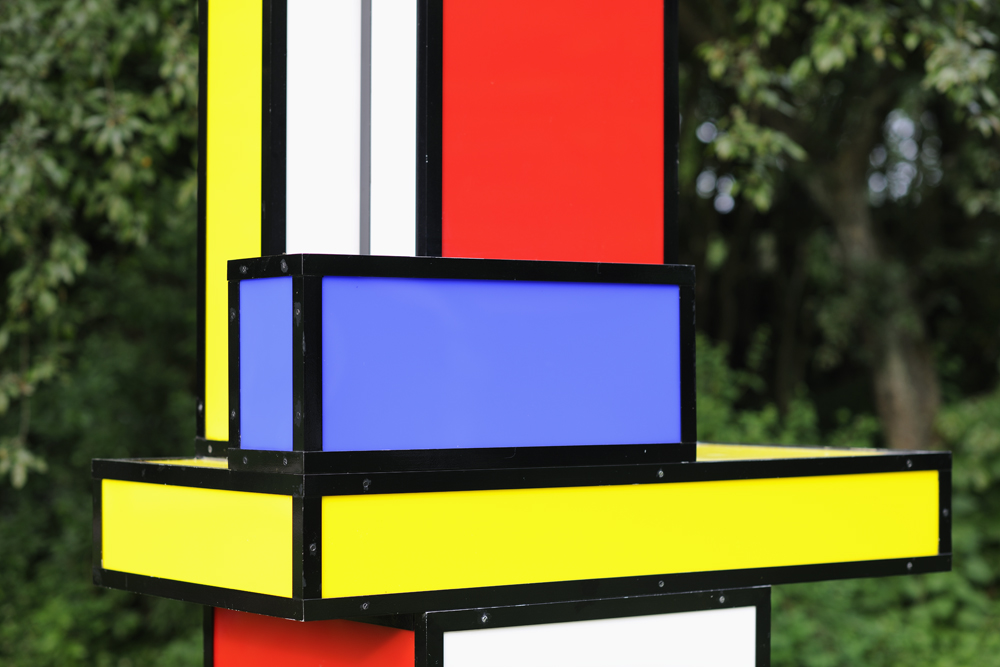
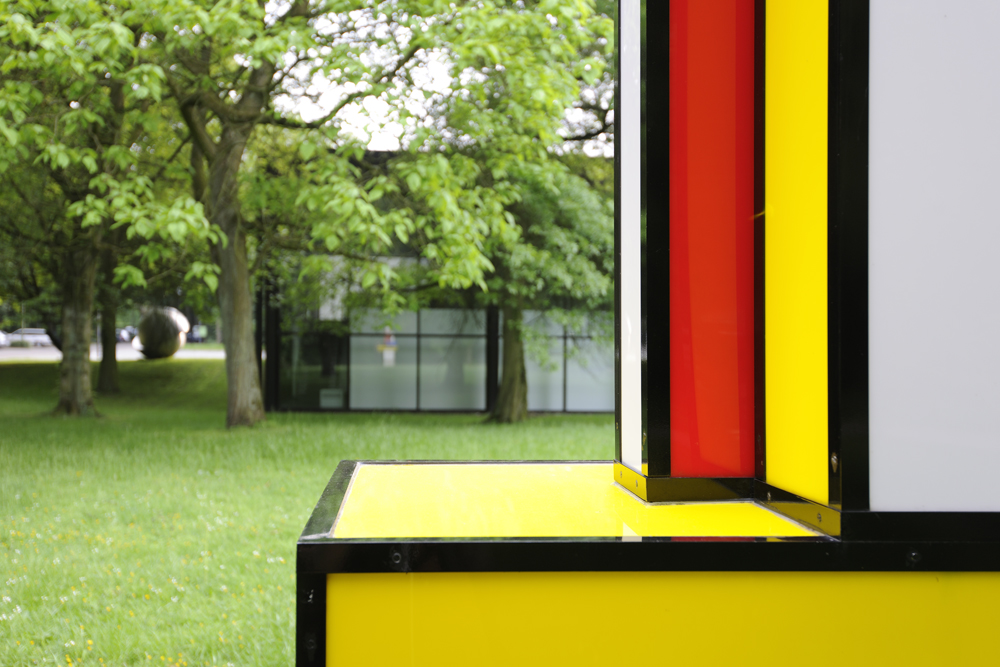
Walter Dexel was not only an artist, but also an art historian, stage designer, architecture critic, writer, and educator. Well aligned with the Bauhaus tradition, he dealt intensively with questions of urban planning and advertising. In this context, he designed neon signs, as well as what was likely the first freestanding colored light sculpture in 1926. This Light Column was later replicated for various cities, such as Braunschweig, Hamburg, and Bottrop.
Like Piet Mondrian – whose paintings the sculpture seems to transform into a three-dimensional form – Dexel limits himself to the use of the primary colors red, yellow, and blue, the non-colors black and white, and the rectangular form. The colored surfaces create multi-colored cubes that are framed in black, which in turn are joined and positioned vertically and horizontally to create a well-balanced work. The internal lighting enhances the depth and signal effect of the colors.
Literature on this sculpture: “Lichtsäule II von Walter Dexel: Vortrag zur Einweihung des Braunschweiger Exemplars der farbigen Glasplastik.” November 6, 1987. Hochschule für Bildende Künste Braunschweig, 1988.
Walter Dexel
← Zur Startseite
Bottrop, Sculpture park at the Josef Albers Museum Quadrat, Im Stadtgarten 20
